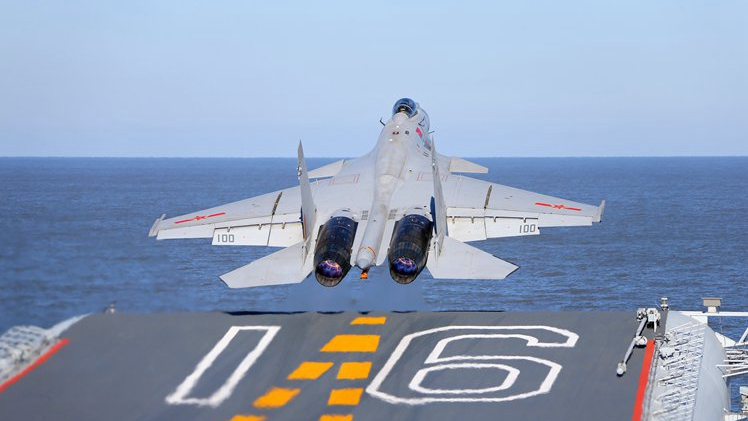September 25, 2012, was a historic day for the Chinese People's Liberation Army Navy (PLAN). The country's first aircraft carrier, the 74,406-ton Liaoning, started service on that day, marking the beginning of the PLAN's transformation into a blue-water navy.
Two months later, naval pilot Dai Mingmeng landed a carrier-borne J-15 fighter jet on the Liaoning for the first time, another milestone for China's naval development.
The PLA Naval Air Force (PLANAF), one of the five branches of the PLAN, has a similar mixture of warplanes and supporting aircraft to the PLANAF. But the purposes and requirements for naval and air force pilots are different.
A formidable force in maritime warfare, the Naval Air Force provides air defense coverage for naval warships. Compared to other naval branches, the PLANAF has remarkable advantages in speed, maneuverability and striking power.
The PLAN has been modernizing its combat force structure and capabilities since China became an aircraft carrier power. The Navy's modernization drive has seen its aviation branch taking center stage.
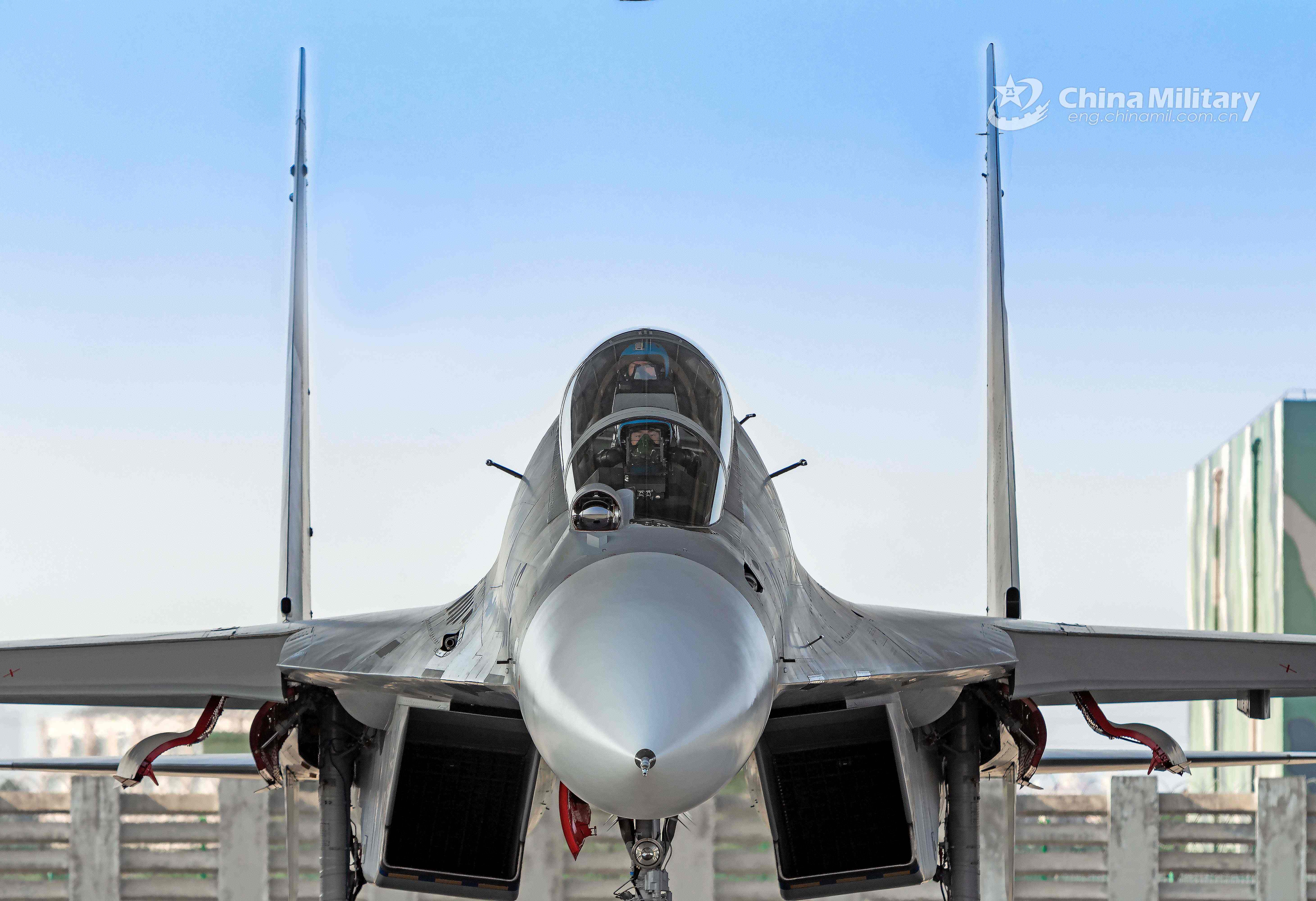
A pilot sitting in the cockpit prepares to taxi his fighter jet out the flight line during a recent training exercise conducted by a naval aviation brigade under the PLA Eastern Theater Command. /Photo via chinamil.com.cn
A pilot sitting in the cockpit prepares to taxi his fighter jet out the flight line during a recent training exercise conducted by a naval aviation brigade under the PLA Eastern Theater Command. /Photo via chinamil.com.cn
'Heroes of the sky and the sea'
China's annual recruitment of naval pilots is currently underway. More than 4,500 candidates from 22 provinces, municipalities and autonomous regions across the country have passed the initial selection, doubling the number from last year.
Becoming a naval pilot is the best choice for those who want to become heroes of the sky and the sea, a PLAN Pilot Recruitment Office official said.
"Some of the pilot cadets recruited this year will receive the top and most systematic training as carrier-borne aircraft pilots," the official said.
This year's comprehensive assessment for new recruits which has just concluded had a special focus on the selection of ship-borne traits, according to the Navy's website.
With the commissioning of new aircraft speeding up and the demand for carrier pilots increasing, the PLAN is intensifying its pilot recruitment campaign to meet the needs of its aircraft carriers.
China's second and the first domestically produced aircraft carrier, the Type 001A, is widely expected to be delivered this year. Sea trials and other work related to the carrier are progressing steadily according to schedule, the defense ministry said in March.
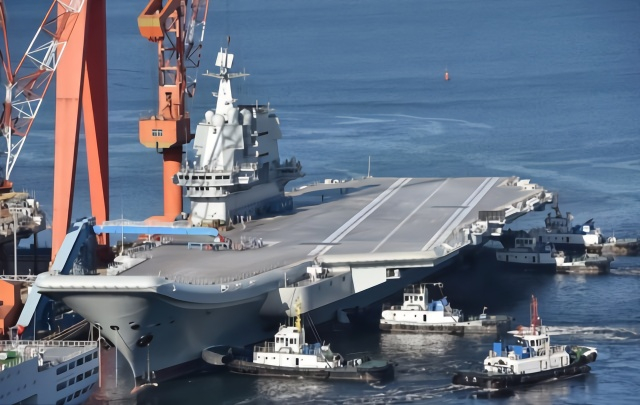
China's first homegrown aircraft carrier has completed several sea trials. /Photo via navy.81.cn
China's first homegrown aircraft carrier has completed several sea trials. /Photo via navy.81.cn
The Navy's aviation branch was traditionally land-based, and naval pilots were trained by the PLA Air Force until 2013. With the Liaoning carrier going operational and more to follow, the PLAN's long-term goals and operational concept have profoundly changed, said Yang Zhen, a researcher at Fudan Institute of Belt and Road and Global Governance.
For more diversified operations in the open sea, a vastly different flight environment, carrier-borne aircraft pilots will be crucial to a naval fleet's efficiency and combat capacity.
"Carrier-based aircraft are like the carrier's fist. They will directly affect the Navy's ability to take command of the sea. It is an issue of strategic importance," Yang said.
The PLA Naval Aviation University opened in 2017 after the merging of the former Naval Aviation Academy and Naval Aeronautical and Astronautical University established by the PLA in the 1950s. The new university combines an aviation school with the Naval Air Force training base to cultivate skilled officers.
The training program for naval pilots has also been streamlined, with a shortened training period and increased flight time and intensity.
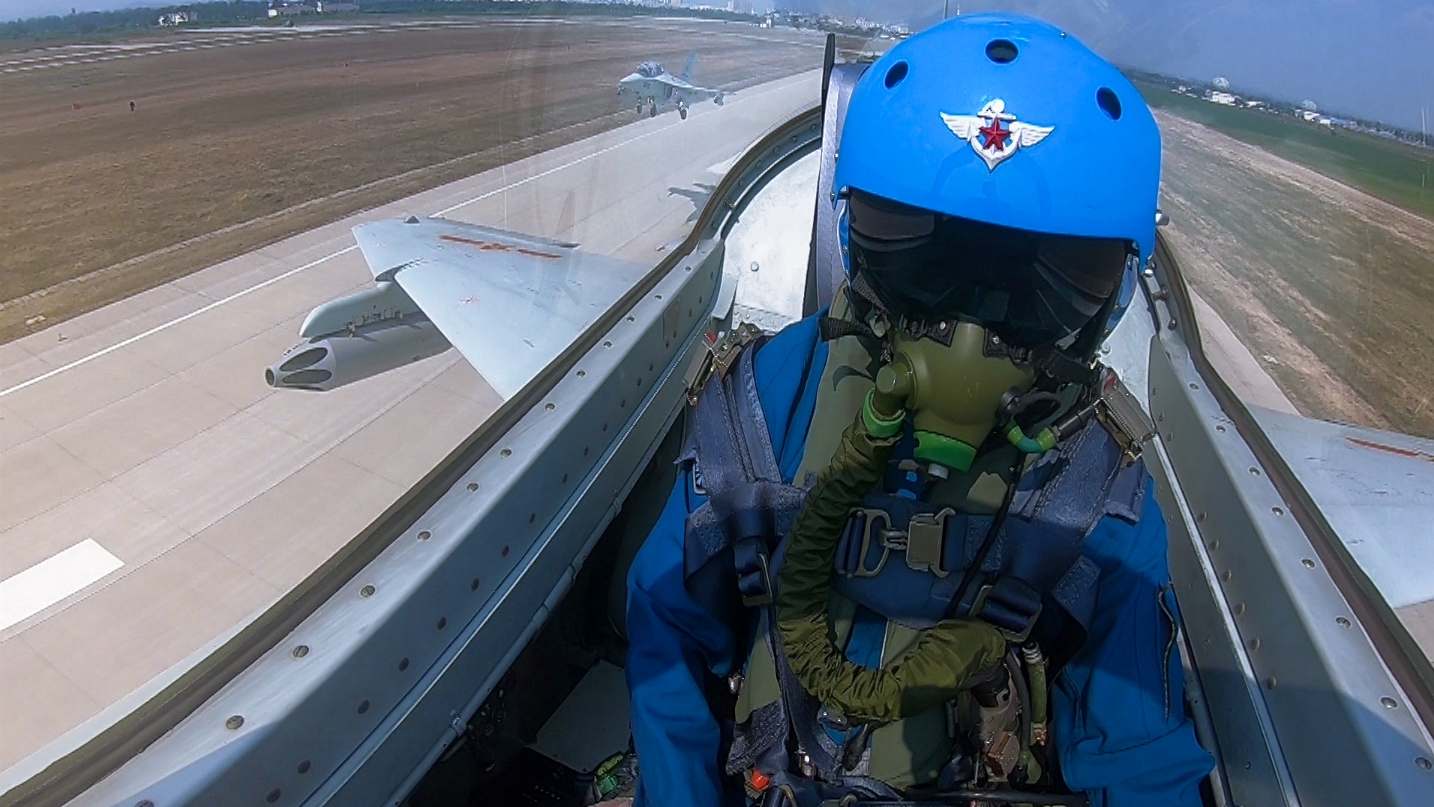
Two fighter jets attached to a regiment under the PLA Naval Aviation University take off during a flight training course. /Photo via chinamil.com.cn
Two fighter jets attached to a regiment under the PLA Naval Aviation University take off during a flight training course. /Photo via chinamil.com.cn
However, a carrier pilot is not only a demanding occupation but a highly risky one. Taking off and landing on an aircraft carrier is considered the most challenging task for any pilot.
In March, the PLANAF lost two naval pilots in a training accident after they chose not to eject from their jet to steer the plane away from civilians on the ground. In 2016, another pilot flying a carrier-based J-15 fighter was killed during a landing attempt.
The PLANAF now has around 25,000 personnel and 600 aircraft, making it the second largest naval air force in the world that's increasingly important to safeguarding China's maritime rights and interests.
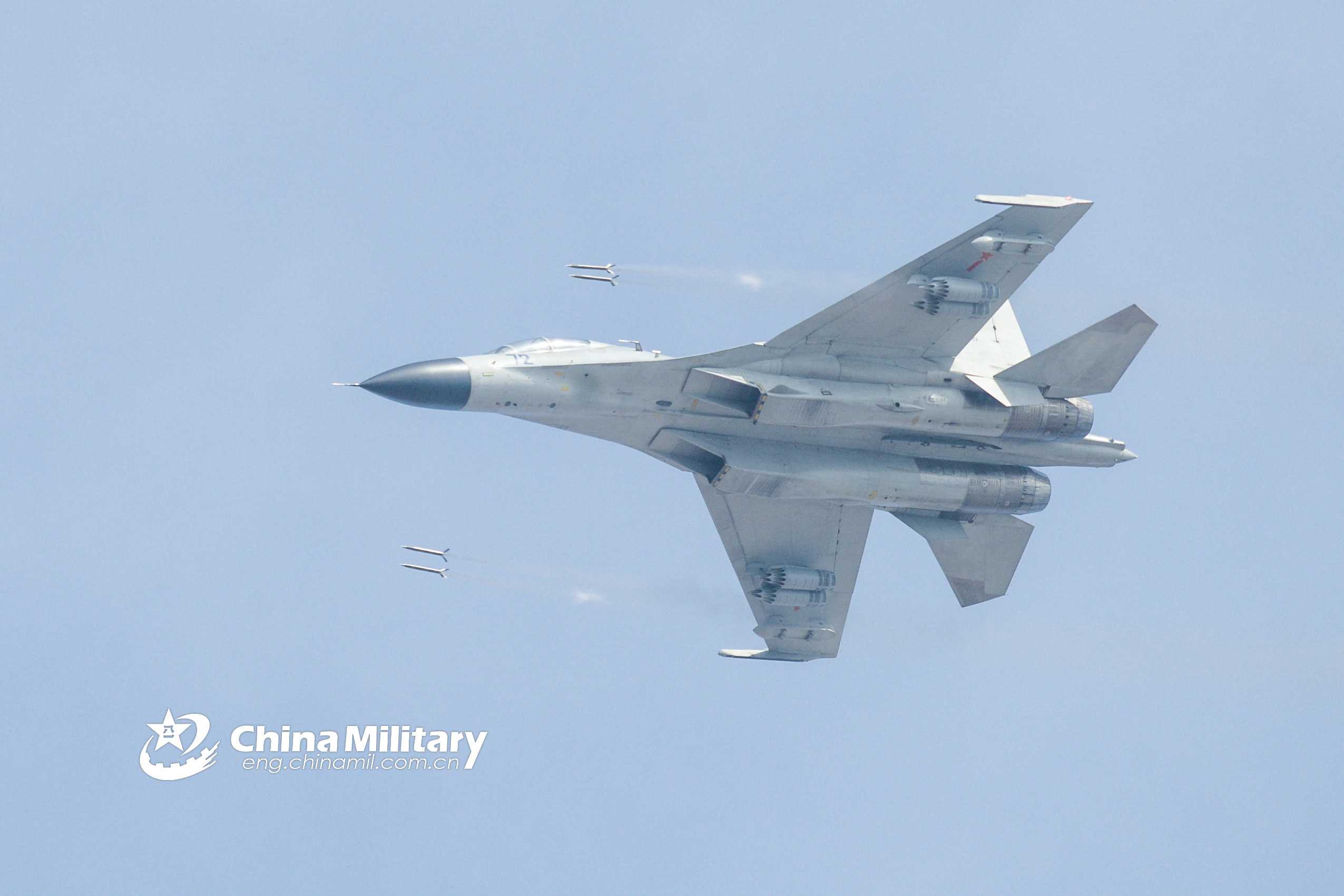
A fighter jet attached to the PLA Naval Aviation University fires air-to-ground missiles at simulated ground targets during a live-fire training exercise for new pilot cadets in northeast China's Liaoning Province, April 10-12, 2019. /Photo via chinamil.com.cn
A fighter jet attached to the PLA Naval Aviation University fires air-to-ground missiles at simulated ground targets during a live-fire training exercise for new pilot cadets in northeast China's Liaoning Province, April 10-12, 2019. /Photo via chinamil.com.cn
Navy going blue
When the PLA Navy was first established 70 years ago, it was only capable of coastal defense. From the mid-1980s, the PLAN has adopted "offshore waters defense" as its main strategy. However, this strategy is no longer adequate for protecting China's maritime interests and security needs under new circumstances.
Last August, the New York Times reported that the PLAN's modernization has shifted the balance of power in the Pacific, where the United States has operated unchallenged since the naval battles of World War II.
In recent years, with the U.S. advancing its Indo-Pacific strategy and identifying China as a strategic rival, there has been a notable rise in maritime incursions and face-offs between the two navies.
The PLAN is shifting its focus from "offshore waters" to "high seas," with a combined strategy of offshore defense and open-sea protection, according to a 2014 Navy white paper.
China's aircraft carriers will provide the basis for a more proactive "open-sea protection," Yang noted. "China's development of sea power and going to the distant ocean is inevitable."
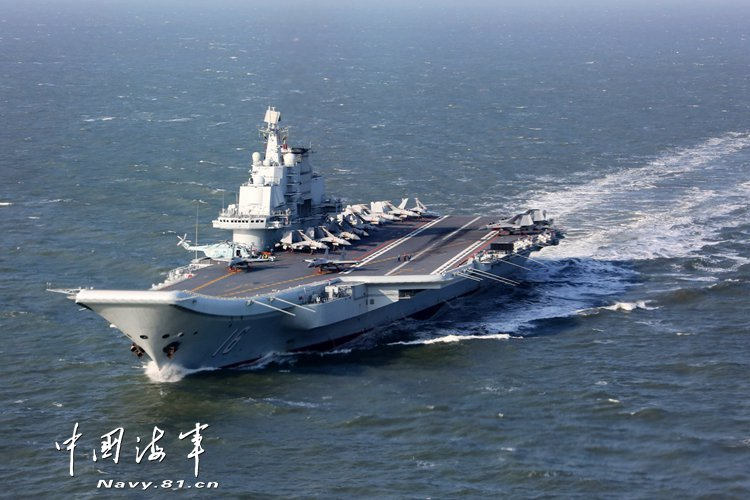
China's first aircraft carrier Liaoning at work. /Photo via navy.81.cn
China's first aircraft carrier Liaoning at work. /Photo via navy.81.cn
Aircraft carriers will be the centerpiece of a modern blue-water navy, and strong air defense will be decisive in modern warfare on the open sea, he said.
The Liaoning can carry a total of 24 J-15 fighters, while the maximum for Type 001A is 36. Besides J-15 jets, both carriers can also carry helicopters like the Z-8.
A third domestically-designed "new-generation" carrier is under construction in Shanghai.
According to Yang, key upgrades for future carriers are expected to include an electromagnetic catapult launch system and full electric propulsion. The fifth-generation fighters and unmanned fighters and bombers will be likely among carrier-borne aircraft.
(Top image: A fighter jet takes off from China's aircraft carrier Liaoning. /Photo via navy.81.cn)

